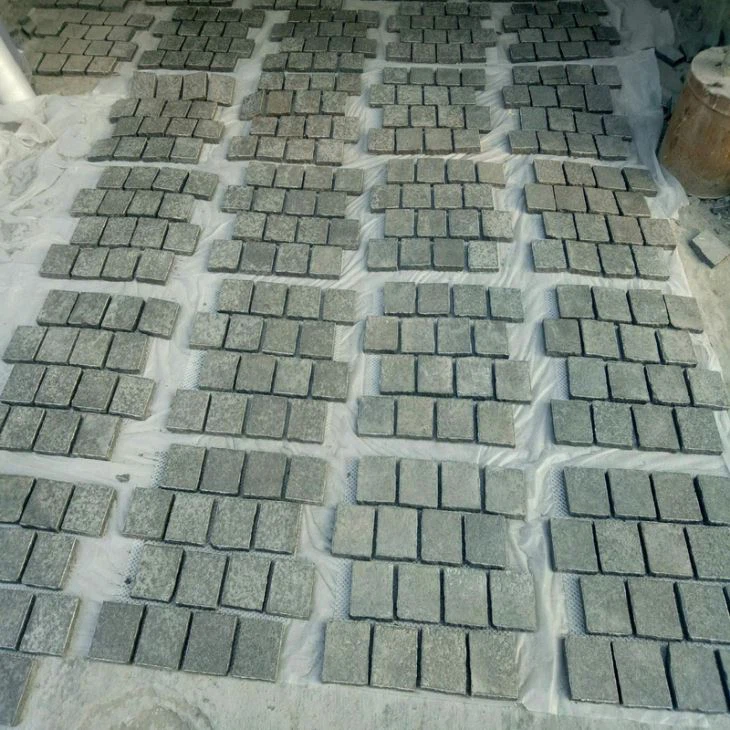Exploring Cobblestone Manufacturers for Elegance Beneath
3 min read
Introduction
Firstly , Cobblestones have long been seen as symbols of resilience and timeless beauty for centuries. Used frequently as pathways, driveways, architectural accents or architectural edging in urban environments or historical sites alike – cobblestones add elegance to urban environments as well as historical sites alike. At their heart lies cobblestone manufacturers who turn raw material into works of art! In this blog series we’ll delve into their world, how they maintain tradition as well as contributing aesthetically or functionally in various spaces.
Legacy of Cobblestones in Virginia : the Legacy of Cobblestones
Cobblestones boast an ancient heritage dating back millenia. First used for paving streets and roads, cobblestones remain popular choices both historical restoration projects as well as modern designs due to their attractive irregular shapes and varied hues that create a uniquely inviting ambience while at the same time adding visual interest and nostalgia.
Cobblestone Production: An Exercise in craftsmanship
Cobblestone manufacturing is more than a process; it’s an art that demands skill, attention to detail, and respect for tradition. Here is an insight into what goes into making these lasting masterpieces:
-
Sourcing Raw Materials:
To begin the process ,stone seller like granite, basalt and limestone must be selected based on durability, texture and aesthetic considerations.
-
Cutting and Shaping:
Once rough stones have been collected, specialized machinery is then employed to cut them into irregularly shaped pieces that mimic their natural shapes and textures as much as possible. Cobblestone manufacturers strive to preserve this aspect when creating cobblestone products.
Preserving Tradition in Modern Times
Cobblestone manufacturers play an essential part in upholding tradition when it comes to using these timeless stones. Amid rapid technological developments, cobblestones remain as reminders of past craftsmanship employed during construction processes. Cobblestone manufacturing strikes an intricate balance between using modern machinery and age-old techniques; therefore, making sure their stones meet modern design and construction standards while remaining authentic and meeting past designs/construction practices.
Applications of Cobblestones
Cobblestones have found many uses throughout history and modern life: from walkways, pathways and roads, to monuments.
-
Pathways and Driveways
Cobblestone pathways and driveways add distinctive charm to both residential and commercial properties by creating welcoming entryways with elegant details that provide a beautiful entrance experience.
-
Streets and Public Spaces:
Cobblestone streets preserve historical charm within urban environments, contributing to their unique ambience of old towns and city centers.
-
Landscaping:
Cobblestones can be an essential addition to landscape projects for creating borders, accent features and eye-catching focal points.
-
Restoration Projects:
Cobblestones are often chosen for historical restoration projects to protect architectural designs from bygone eras, while maintaining authenticity of architectural features from these projects.
-
Design Accents
In contemporary architecture, cobblestones can serve as design accents that add texture and contrast to modern spaces.
In Conclusion
Cobblestone manufacturers uphold an ancient craft with precision. By upholding and perpetuating cobblestone manufacturing techniques, these artisans ensure these stones continue to grace our landscapes, streets and architectural designs for many more generations to come.



